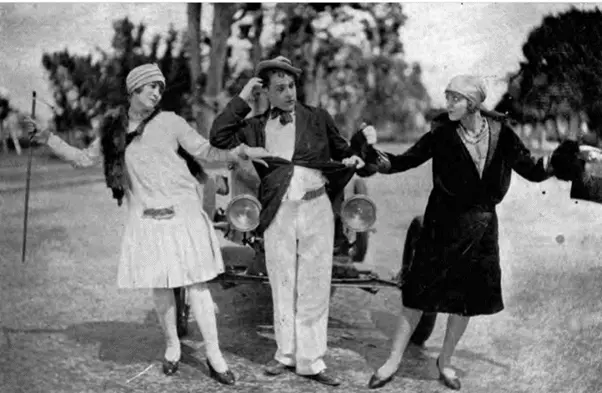Emerson Romero is a name that deserves a prominent place in the history of accessibility. A silent film actor turned advocate, Romero’s contributions to media accessibility have forever changed how the deaf community engages with the entertainment world. His pioneering work in captioning and representation makes him a hero whose legacy continues to inspire generations.
From Performer to Advocate
Born in the early 20th century, Emerson Romero began his career as an actor during the silent film era. Known for his expressive performances, Romero thrived in an industry that relied on visual storytelling. However, the transition to sound films in the late 1920s—known as “talkies”—effectively sidelined his career. The new medium’s reliance on spoken dialogue excluded both deaf actors and audiences, creating a significant barrier for the deaf community.

Rather than retreat from the industry that had marginalized him, Romero chose a different path. He redirected his focus to advocacy, determined to make cinema and media accessible to everyone, regardless of ability. This decision marked the beginning of a career that would redefine accessibility in film and media.
Pioneering Captioning Systems
One of Romero’s most significant contributions was his early work on captioning. In the 1940s, he began experimenting with manually adding subtitles to film reels, creating an early form of what we now know as closed captioning. This labor-intensive process involved splicing text frames onto films, allowing deaf audiences to follow the dialogue and storyline.
At the time, the entertainment industry showed little interest in accessibility, and Romero’s efforts were largely self-driven. Despite limited resources, his innovative approach paved the way for future developments in media accessibility. His work laid the groundwork for the closed captioning systems that became standard in the 1970s, transforming the media landscape for deaf and hard-of-hearing audiences worldwide.
Championing Representation
Romero’s contributions extended beyond technical innovations. He was a passionate advocate for the inclusion of deaf individuals in media, both on-screen and behind the scenes. He recognized the importance of authentic representation, understanding that seeing their experiences reflected in media could empower deaf audiences and challenge societal stereotypes.
His advocacy inspired others to push for greater inclusivity in the entertainment industry. Today, we see the fruits of his efforts in films like CODA and Sound of Metal, which authentically portray deaf experiences and feature deaf actors in leading roles. Romero’s belief in the power of representation continues to resonate in the ongoing fight for diversity in media.
A Lasting Legacy
Although Emerson Romero’s contributions were not widely recognized during his lifetime, his impact on accessibility and representation is undeniable. The innovations he championed have become integral to how modern audiences consume media. Closed captioning, once a novelty, is now a standard feature across film, television, and digital platforms, benefiting not only the deaf community but also non-native speakers and individuals in noisy environments.
Romero’s advocacy also helped shift attitudes toward inclusivity in the entertainment industry. His work demonstrated that accessibility is not a luxury but a necessity, one that enriches the media experience for all viewers. By challenging the status quo, he laid the foundation for a more equitable and inclusive entertainment landscape.
Inspiration for the Future
Emerson Romero’s story is a powerful reminder of the transformative power of persistence and innovation. His journey from a sidelined actor to a trailblazer in accessibility shows that barriers can be overcome through creativity and determination. For today’s advocates and innovators, Romero’s work serves as both a blueprint and an inspiration.
As we continue to develop new technologies for media accessibility, from automatic captioning to virtual sign language interpreters, Romero’s legacy remains at the heart of these advancements. His vision of a world where everyone can participate in storytelling underscores the importance of inclusivity in shaping a better future.
Conclusion
Emerson Romero is a hero in the history of accessibility, not just for his technical innovations but for his unwavering commitment to inclusion and representation. His pioneering work in captioning and advocacy for the deaf community transformed the entertainment industry, ensuring that media could be enjoyed by all.
As we honor Romero’s contributions, we are reminded that true progress comes from challenging the barriers that divide us. His legacy is a testament to the power of advocacy and innovation in creating a more inclusive world, making him a hero whose impact will be felt for generations to come.